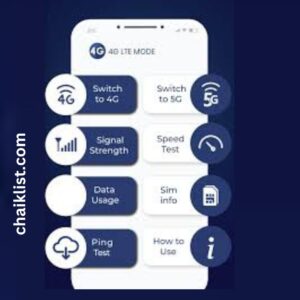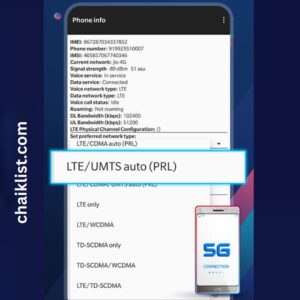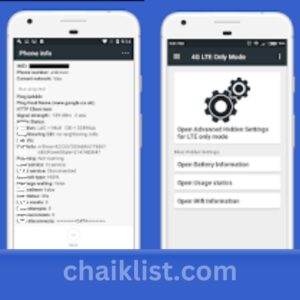4G LTE App review and Download Guide
4G LTE (Long-Term Evolution) technology has transformed the way we use mobile networks, enabling faster data transfer, better connectivity, and a seamless user experience. With 4G LTE, apps designed to leverage high-speed internet have emerged, offering improved performance and capabilities in areas such as streaming, communication, gaming, and productivity.
In this article, we will explore what makes 4G LTE apps stand out, their benefits, drawbacks, and alternative technologies available in the market.

What are 4G LTE Apps?
4G LTE apps are mobile applications specifically designed to utilize the advanced speed and reliability of 4G networks. These apps include services such as video streaming (e.g., YouTube, Netflix), social media platforms (e.g., Instagram, TikTok), real-time communication apps (e.g., WhatsApp, Zoom), and online gaming platforms (e.g., PUBG, Fortnite).
Features of 4G LTE Apps
- High-Speed Performance: Apps load faster, videos stream without buffering, and file downloads are quicker.
- Real-Time Communication: Enables smooth video and voice calls with minimal latency.
- Enhanced User Experience: Apps with high graphical demands, such as games, run seamlessly.
- Cloud Integration: Access to cloud services becomes efficient, allowing users to store and retrieve data instantly.
Pros and Cons of 4G LTE Apps
| Pros | Description |
|---|---|
| High Speed | 4G LTE apps utilize faster internet speeds, enabling quick downloads, uploads, and streaming. |
| Better Connectivity | Offers reliable network coverage, ensuring uninterrupted access to apps. |
| Low Latency | Facilitates real-time communication and gaming without noticeable delays. |
| Supports High-Quality Media | Apps can stream HD videos and high-resolution images effortlessly. |
| Improved Mobility | Works efficiently on the go, perfect for travelers and remote workers. |
| Cons | Description |
|---|---|
| Battery Drain | 4G LTE apps can consume more battery due to higher data usage. |
| Data Consumption | High-speed internet can lead to increased data usage, affecting limited data plans. |
| Network Dependency | Performance heavily relies on network strength; weak signals can disrupt app usage. |
| Compatibility Issues | Older devices may not support 4G LTE apps effectively. |
| Cost Implications | 4G LTE plans can be expensive, making high-speed app usage costly for some users. |
Alternatives to 4G LTE Apps
| Alternative | Description |
|---|---|
| 5G Apps | Offers even faster speeds and lower latency compared to 4G LTE apps, ideal for advanced use cases. |
| Wi-Fi-Based Apps | Apps that rely on Wi-Fi networks for connectivity, useful in areas with strong wireless signals. |
| Offline Apps | Apps designed to work without internet, suitable for regions with limited connectivity. |
| 3G-Based Apps | Older technology with slower speeds but suitable for less demanding applications. |
Conclusion
4G LTE apps have significantly enhanced the way we interact with mobile applications, providing high-speed connectivity and real-time capabilities. While they offer numerous advantages, including speed and mobility, challenges like battery drain and data consumption remain. Exploring alternatives like 5G apps or offline solutions can help cater to varying user needs. As technology evolves, the future of mobile apps will undoubtedly be shaped by advancements in network technologies.


